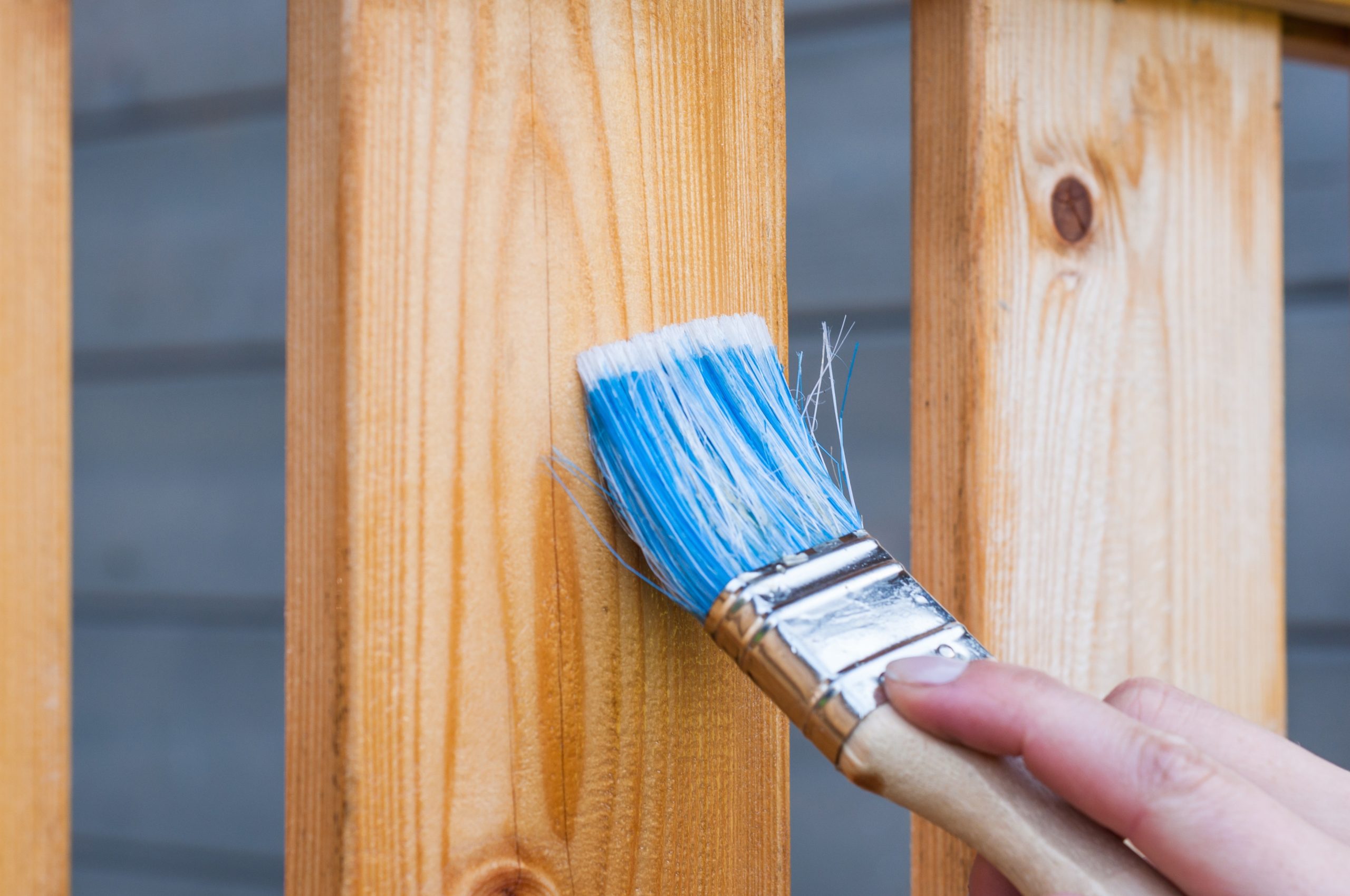Agricultural leases have become increasingly common as new generations of farmers look to enter niche markets and aging landowners hope to supplement their income. For farmers entering a lease for the first time, it may be overwhelming to go through every provision to fully understand its effects. However, one of the most critical (and varied) sections that farmers should familiarize themselves with are related to maintenance, repair and improvements to the land and its buildings.
Agricultural leases have become increasingly common as new generations of farmers look to enter niche markets and aging landowners hope to supplement their income. For farmers entering a lease for the first time, it may be overwhelming to go through every provision to fully understand its effects. However, one of the most critical (and varied) sections that farmers should familiarize themselves with are related to maintenance, repair and improvements to the land and its buildings.
Maintenance v. Repair v. Improvement
Each term is different from the other and has a specific meaning in the lease. As you can imagine, repair is a pretty straightforward concept–who fixes what (i.e. a barn door)? It is typically divided by the scope or cost (see more below). Maintenance refers to the routine upkeep of the land and its buildings and is more often separated out by the area in which it occurs. Improvements actually have a specific meaning under the federal Code, not just your lease. Improvements are a specific development to the property that increases “capacity, productivity or efficiency,” fixes a “design flaw,” adapts the property to a “new or different use,” replaces a “major component,” creates a “physical enlargement,” or restructures it after its “useful life.” Developing the land in a way that fits under these definitions can create depreciation value to either the landowner or lessee.
Repair
Repairs can be a tricky thing both in who is allocated cost and when approval is needed. A badly written lease may not make reimbursement terms clear, which makes the farmer at the mercy of the landowner for whether and when they get paid. Plus, even if the lease is silent, the lessee is still responsible to make repairs necessary to prevent deterioration, so it’s not like you’re able to avoid liability either.
Better practice is to ensure specific types of repairs are allocated appropriately to each party, with more minor repairs, like fixing a fence post, being the responsibility of the farmer, and more significant repairs, like large equipment part replacement, going to the landowner. Best practice may be to go with a fixed amount instead: anything over $500 is landowner’s responsibility or requires pre-approval. Either way, make sure reimbursement terms, including the nature of proof required and when it can be expected, are clear, and, in any event, save receipts, as you may be able to deduct certain repairs for income tax purposes.
Maintenance
Routine upkeep happens so frequently that it’s not often feasible to allocate dollars to who does what. Again, everything becomes more hairy when the lease is ambiguous, so it’s a good idea to at least make sure that landowner is responsible for maintenance of joint amenities, like roads or water systems, while farmer maintains what he or she solely uses. Shared maintenance costs are often utilized as well, where enumerated expenses are built into the rent. Lessee might require certain supplies to carry out maintenance duties, so shared costs as to labor and equipment makes sense here as well.
Improvements
As noted above, improvements generally deal with permanent additions to the land. Accordingly, if it’s likely the land you’re leasing will need accessory structures, it’s especially important to understand how these provisions work.
Generally, if the lease is silent on improvements, they belong to the landowner. Meaning the new pole barn or incubator put in place by the farmer doesn’t belong to him or her unless the lease says otherwise. That’s because, historically, these expansive improvements (think ventilation or heating systems, roofing, sewage, or water supply) inured to the land. So, it’s a good idea to think through what additional structures you may need on the property and talk to the landowner up front about it. If your lease is long enough, it may be worth requesting that certain capital improvements be allocated to you, if you’re able to recoup those dollars or depreciate the improvements as an asset. The landowner may also be open to financing the development on the frontend, up to a certain percentage or dollar value, through a tenant allowance, so it might be worth the ask. Either way, the lessee should include in the lease that he or she can remove the structure or sell back to the landlord or otherwise.
Hopefully, the different purposes and use of these provisions are more clear. If you’re looking for template farm leases in general, a few are available here.
Questions about Maintenance and Repair Duties? Let’s chat. Contact us at contact@groveslaw.ag to schedule a consultation.
Because we’re attorneys: This blog post is provided on an “as is” and “as available” basis as of the date of publication. We disclaim any duty to update or correct any information contained in this blog post, including errors, even if we are notified about them. To the fullest extent permitted by law, we disclaim all representations or warranties of any kind, express or implied with respect to the information contained in this blog post, including, but not limited to, warranties of merchantability, fitness for a particular purpose, title, non-infringement, accuracy, completeness, and timeliness. We will not be liable for damages of any kind arising from or in connection with your use of or reliance on this blog post, including, but not limited to, direct, indirect, incidental, consequential, and punitive damages. You agree to use this blog post at your own risk. Regarding your particular circumstances, we recommend that you consult your own legal counsel (hopefully Groves Law).
All Rights Reserved. All Puns Intended.

